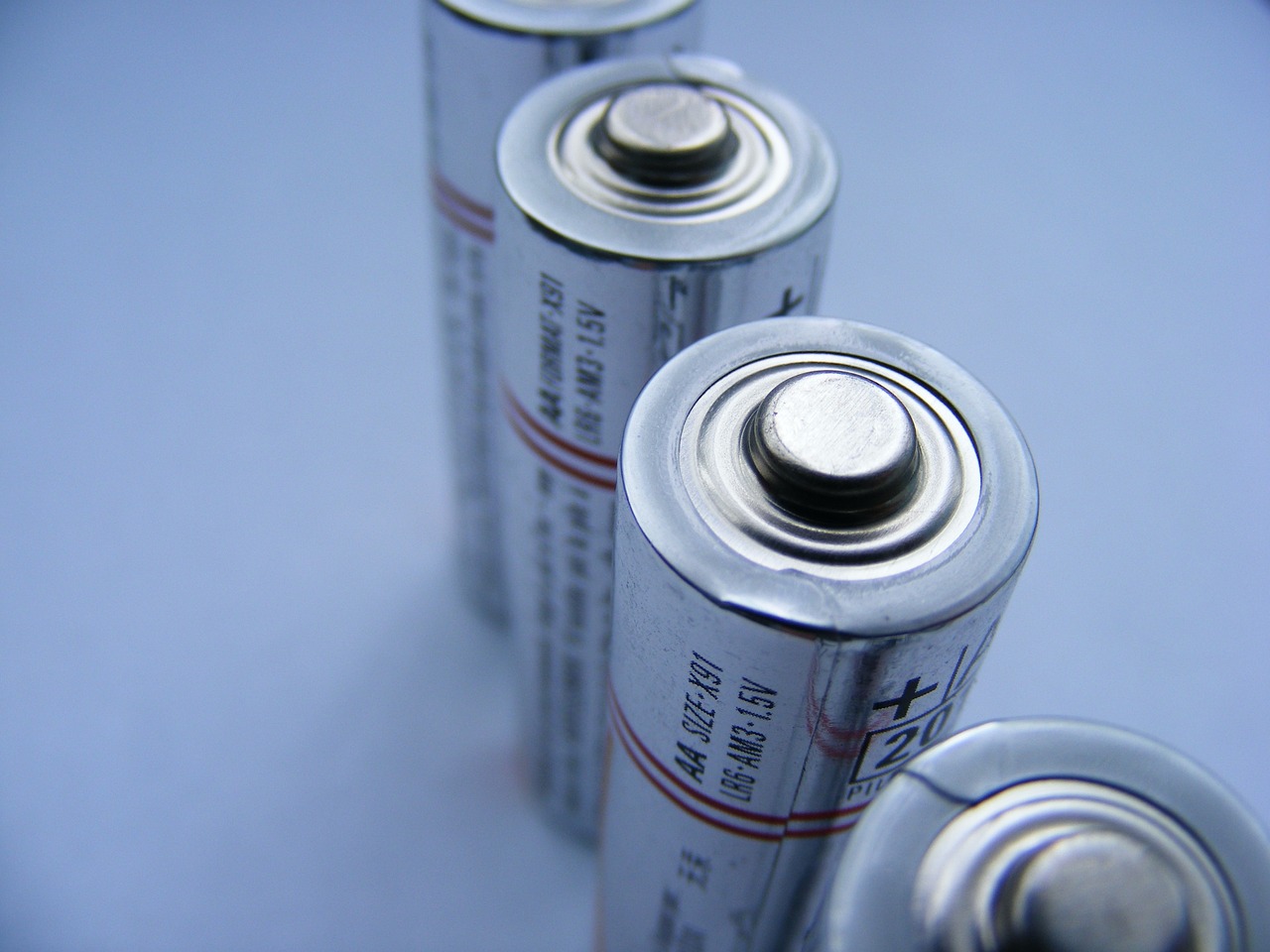This post is also available in:
 עברית (Hebrew)
עברית (Hebrew)
A team of international researchers, led by Michael F. Toney, a Chemical and Biological Engineering professor at the University of Colorado Boulder, has made significant strides in understanding the phenomenon of battery capacity loss, commonly known as self-discharge. The research utilizes powerful X-ray technology to reveal the underlying causes of this issue, which affects rechargeable batteries in devices ranging from mobile phones to electric vehicles.
Self-discharge is an inevitable process where batteries lose their ability to hold a charge over time. Despite decades of experience in battery design and manufacturing, the precise mechanisms behind this capacity loss have remained elusive. In lithium-ion batteries—the most widely used type of battery—lithium ions travel from the anode to the cathode through an electrolyte solution, generating the electrical current that powers the device. While lithium ions are supposed to return to the anode during charging, it has been suspected that some ions fail to do so, contributing to self-discharge.
With rising concerns over the ethical and environmental implications of using cobalt in batteries, researchers are exploring alternatives like nickel and magnesium. However, these materials have shown an increased tendency for self-discharge.
According to Interesting Engineering, in order to investigate this further, Toney’s team employed the Advanced Photon Source (APS), an advanced X-ray facility at Argonne National Laboratories in Illinois. The APS produces highly intense X-ray beams that enable detailed analysis of battery components. The research revealed that hydrogen atoms form as a result of reactions between the electrolyte and the cathode when the battery is fully charged. These hydrogen atoms bond to the cathode, obstructing the lithium ions from attaching where they are needed, thus diminishing the battery’s capacity.
Armed with this knowledge, researchers can now work on strategies to mitigate self-discharge. One potential solution is to coat the cathode with materials that block hydrogen while allowing lithium ions to pass through. According to Interesting Engineering, Toney noted that coatings such as alumina (Al2O3) are cost-effective, although the longevity of these coatings remains uncertain.
Ultimately, this research paves the way for the development of more reliable batteries, which are crucial for advancing renewable energy storage solutions. Enhanced battery performance could lead to electric vehicles that maintain their range over time, fostering greater adoption and reducing the need for costly battery replacements. The findings have been published in the journal Science, marking a significant step forward in battery technology.

























